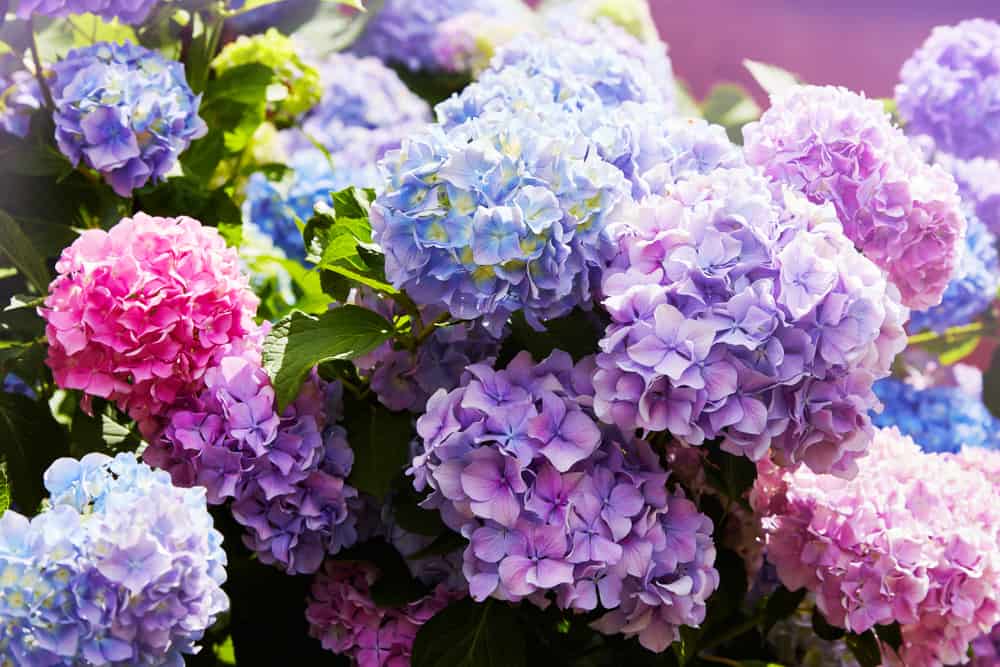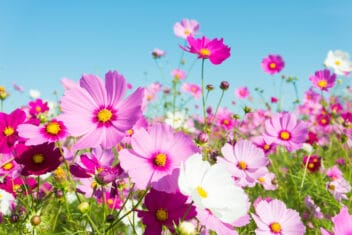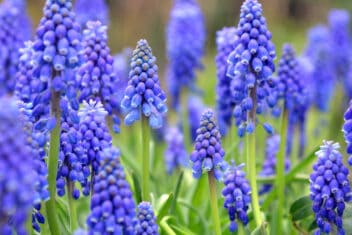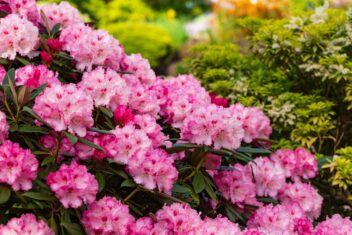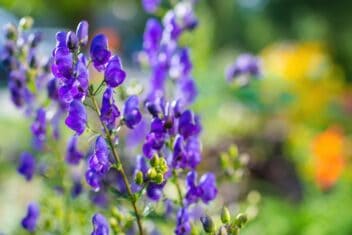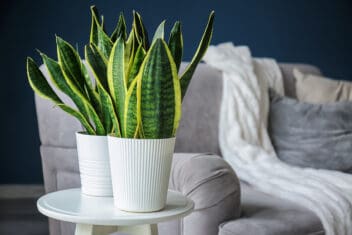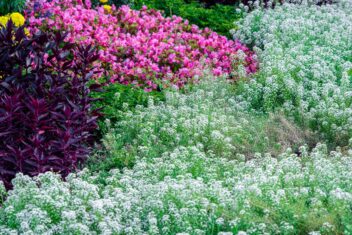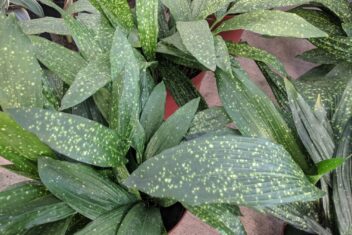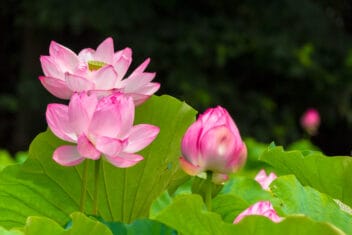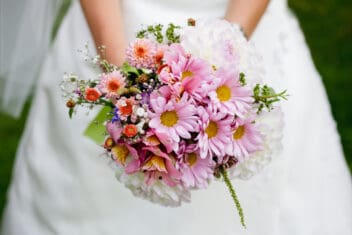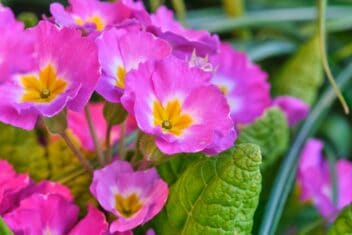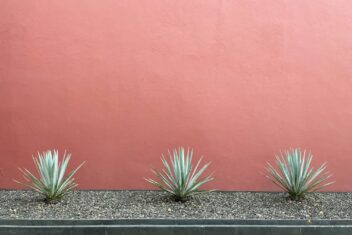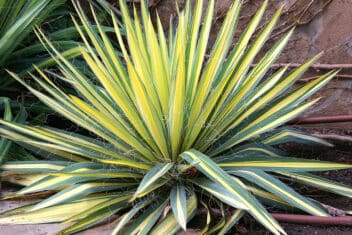Growing hydrangeas has been a favorite pasttime for many years. It’s unsurprising they’re so popular, given they’re so beautiful and they come in various colors, shapes, and styles.
Hydrangeas fit the bill when you need an ornamental that is a swift grower. This lovely and colorful bloomer can grow up to two feet every year.
Of course, you can always choose a classic type, but new varieties, colors, and shapes are always coming out. If you have admired hydrangeas from afar and want to give them a go, let’s explore them in detail.
What Are Hydrangeas?
Hydrangeas are native to China and North America. One of these North American varieties was taken to Europe around 1736, and the plants quickly became a hit.
Hydrangeas are perfect for landscaping shady areas that need color or spots where you need some taller interest that doesn’t need much maintenance.
Be aware that the petals contain low levels of cyanide, so they can be toxic if animals or kids eat them.
Hydrangeas suit USDA Growing Zones 4 to 9 and are relatively unfussy. They can adapt many soil types, making them an easy, yet showy plant for your garden.
The Best Varieties of Hydrangeas to Plant
There are many species, hybrids, and cultivars of hydrangeas. Some like full sun and others prefer partial sun or even full shade. Others are happy in dappled sunlight to shade.
As you’ve probably heard, the color of the flower petals is dependent on the soil pH.
Some hydrangeas have wood stems and others grow on herbaceous stems. Some have pointed clusters of flowers and others have big, round ones.
In addition to the following, look for Mountain (Hydrangea serrata), smooth (H. arborescens), and ashy (H. cinerea) species, which are less common but just as lovely.
Panicle or Peegee Hydrangeas
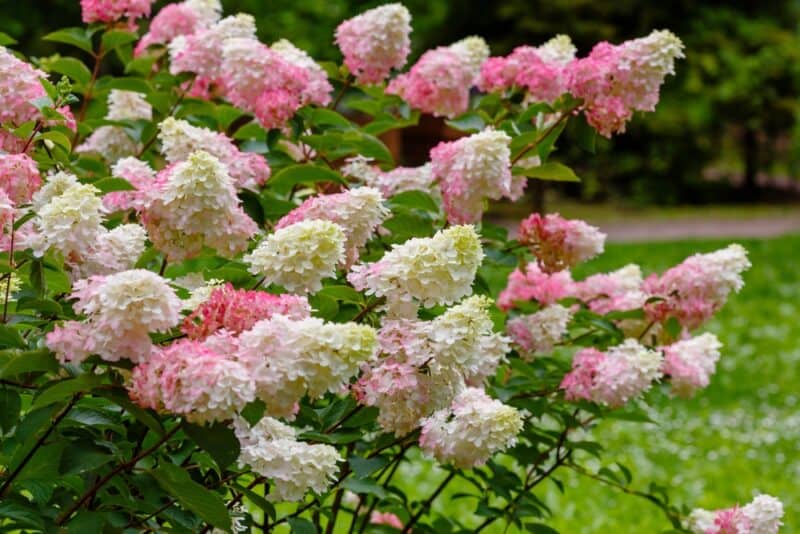
Panicle hydrangeas (H. paniculata) love full sun. They will bloom with large clusters of white flowers for several weeks over the summer. They change color as they fade to pink or red, and then to beige before dying off.
Other panicle cultivars bloom in different colors, including:
- Limelight: This plant grows up to eight feet tall. It produces lime-green flowers from mid-summer.
- Grandiflora: This large cultivar grows up to 20 feet tall.
- Vanilla Strawberry: The large white flowers fade to strawberry pink, coloring the garden from midsummer to fall. ‘Vanilla Strawberry’ grows to around seven feet tall.
Climbing Hydrangeas
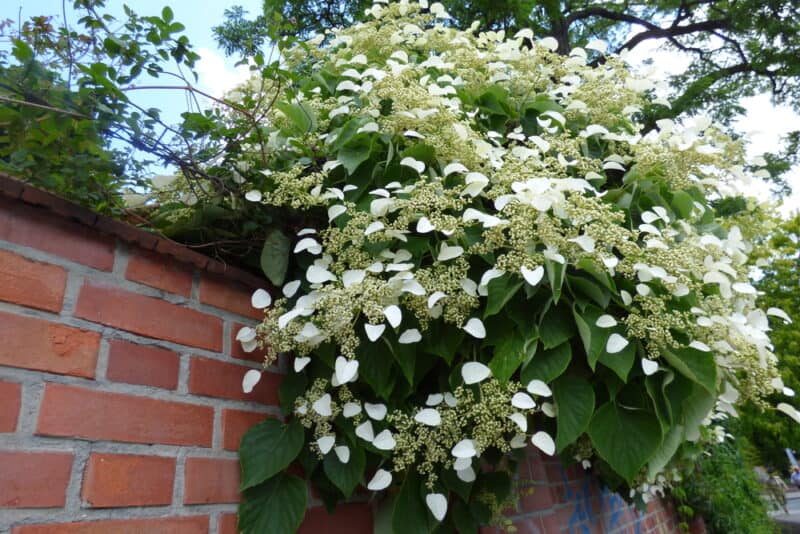
Not your typical-looking hydrangea, climbing hydrangeas (H. petiloarus) produce lace-cap style blooms in Zones 4 to 8. When supported, climbing hydrangeas can grow to 50 feet.
These plants can tolerate full sun to full shade, though most do best in partial sun or partial shade.
Climbing cultivars include:
- Firefly: This climber has large clusters of white flowers over green leaves with golden edges.
- Skylands Giant: This variety produces very large blooms even in shaded areas where many flowering plants refuse to grow.
Bigleaf Hydrangeas

Bigleaf or French hydrangeas (H. macrophylla) traditionally bloomed in bright colors once each year. In recent years, breeders have created new types that rebloom several times throughout the year. Big blooms might appear every few weeks.
No wonder so many people are growing hydrangeas again after giving up on them.
This species needs morning sun and afternoon shade. These plants thrive in moist soil and they’re not drought-tolerant.
- Let’s Dance Moonlight: This produces either blue or pink blooms in the mop-head style. It grows to around five to six feet tall.
- Endless Summer: Pink or blue clusters in the mop-head style add lots of color to the garden.
- Let’s Dance Starlight: Blue or pink lace-cap flowers are abundant on this variety.
Oakleaf Hydrangeas
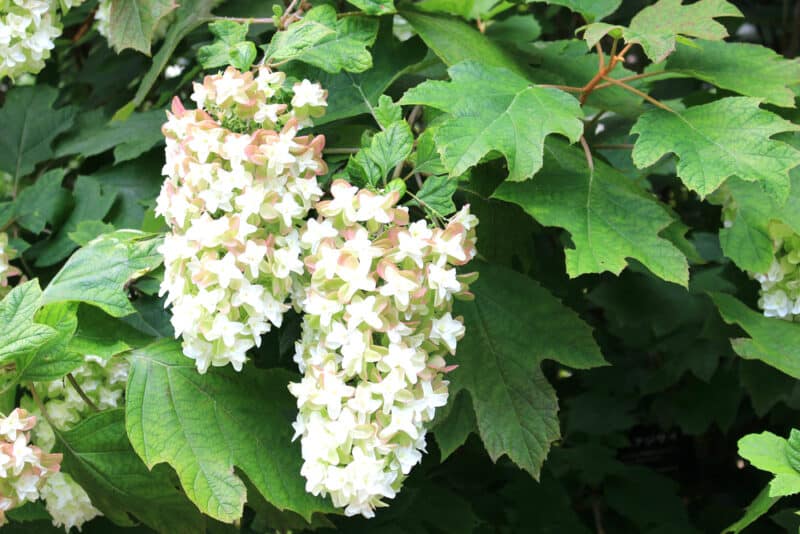
Oakleaf hydrangeas (H. quercifolia) are easy to grow and care for. This species is known for its white flowers that fade to pink or red. The foliage changes color over the season as well.
At around eight feet tall, oakleaf hydrangeas make for great privacy hedges.
My favorite oakleaf varieties include:
- Snowflake. Eight feet tall and bright white double blooms. This is an impressive variety.
- Alice. Blooms come in summer and fall. They are extra-large and the plant grows up to 10 feet tall.
Propagating Hydrangeas
Few plants are as easy as hydrangeas to propagate, so it’s worth giving it a go. Many people buy young plants, but if you love growing hydrangeas, try propagating them through cuttings or seeds:
10 Steps to Propagate Hydrangeas by Cuttings
- Find a new branch that is yet to produce buds and flowers. It should be light green compared to the older, darker green ones.
- From the fresh, new tip, move back six inches and cut horizontally above a bud joint. Aim for three pairs of bud joints along the length of the cutting.
- Remove all but the upper two pairs of leaves.
- Dip the cut end into rooting hormone if you have any. If you don’t have any, I wouldn’t go out and buy some. Hydrangeas are pretty reliable when it comes to rooting cuttings.
- Fill a container with moist seed-raising soil. Insert the cutting to just below the remaining leaves.
- Place a plastic bag over the container and cutting. Make sure the bag isn’t touching the leaves. You can cut the leaves in half across the leaf if necessary.
- Place the container and bag in a warm area away from direct sunlight.
- Keep the soil moist, but only water once the soil is 3/4 dry.
- Check the root formation in about three weeks by gently pulling the cutting. If there is resistance, the roots have formed.
- Plant out in a prepared bed in the fall.
Collecting and Sowing Hydrangea Seeds in 7 Easy Steps
Try growing hydrangeas from seed. It isn’t as hard as you might expect:
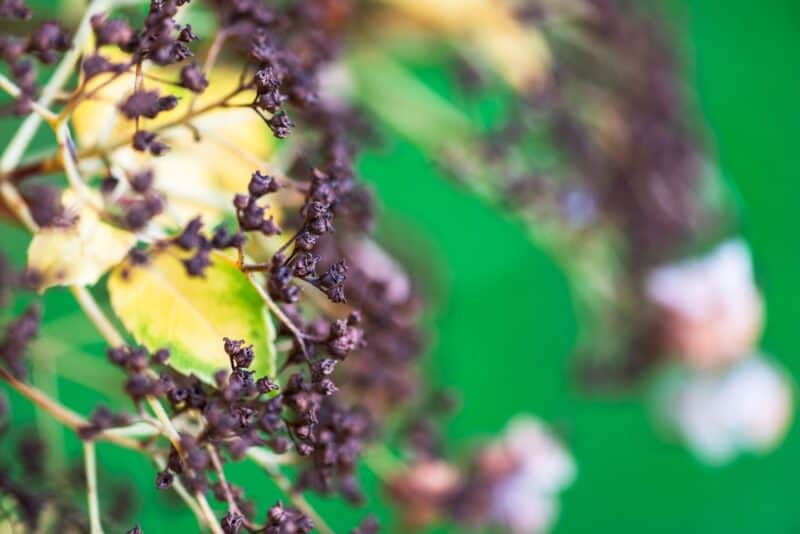
- Wait about 12 weeks after the hydrangea blooms.
- Once the flowers have faded, turned brown, and dried, you can harvest the seeds. Place the whole flower head in a paper bag and leave it in a warm, dry place for seven days.
- Shake the bag with the flower head inside. Collect the fallen seeds in the bag. It helps to gently blow the chaff away.
- Plant the seeds straight away in the fall when you collect them or store them in a warm, dry place until spring when you will plant them to be planted in the fall.
- Hydrangea seeds need to be surface sown. Sprinkle them on the seed-raising soil and moisten them with a spray bottle.
- Place in a sunny spot and wait for around 14 days for germination.
- Once the germinated seeds are big enough to handle, transplant them to their spot outside in the fall.
How to Care For Hydrangeas
Make sure you determine the type of hydrangea you’re planting to decide if the plant needs full sun, shade, or a mixture of both.
Feed the soil well with well-rotted compost containing manure. Aim for a soil pH of around 6.0 to 6.2, depending on the species.
Hydrangeas do best if you give them a mild, balanced fertilizer in March, May, and again in July. Alternately, use a slow-release fertilizer in the early spring.
Keep the soil moist, but not overly wet or soaking. Growing hydrangeas requires being aware of soil moisture.
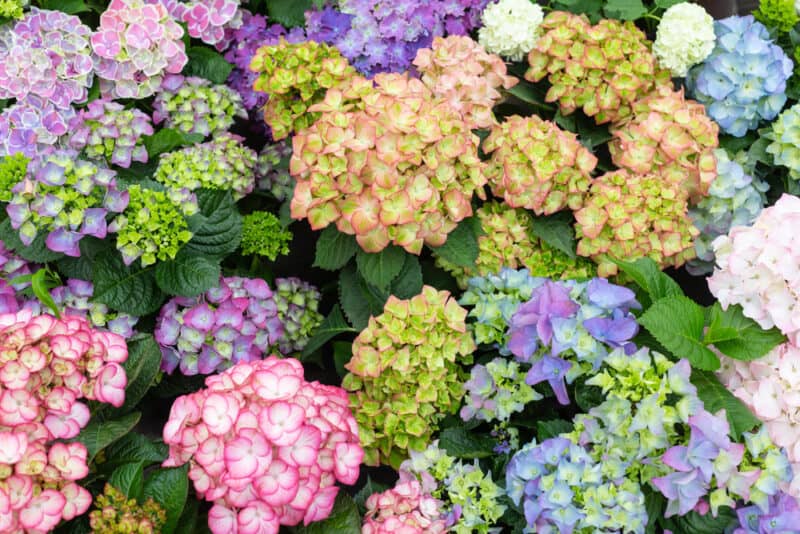
If you have French (H. macrophylla) or mountain (H. serrata) hydrangea, you can influence the color of the blossoms by altering the soil pH. It’s not the pH, specifically, that changes the color, but the amount of aluminium that the plant can access. This is impacted by pH.
Soil pH from 5.0 to 5.5 results in blue flowers. Soil pH from 6.0 to 6.5 gives you pink and purple flowers. Finally, soil pH between 5.5 to 6.5 results in purple, or both blue & pink blossoms.
Use alumium sulfate to turn those petals blue and garden lime to make them pink.
How to Prune Hydrangeas
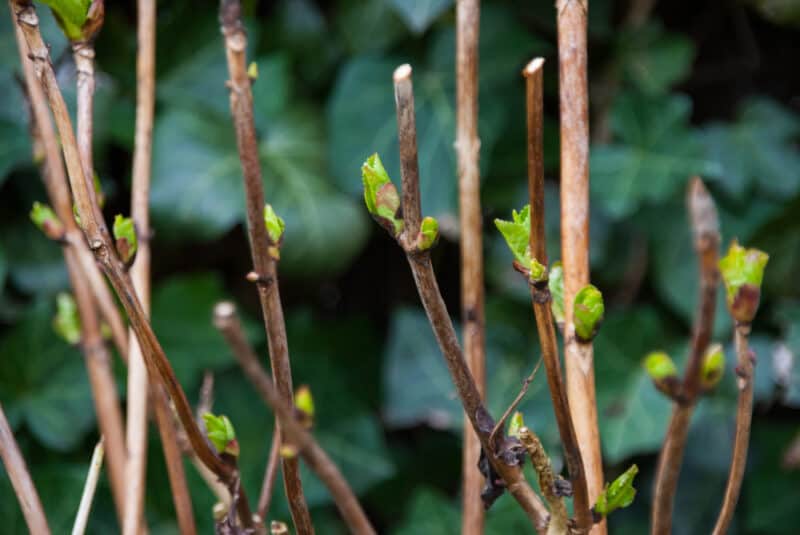
It can be a little confusing when it comes to pruning hydrangeas, but as long as you know the type you have, don’t worry. We’ll help you figure it out so you can succeed at growing hydrangeas.
There’s lots of confusion out there because different types of hydrangeas have different pruning needs. Timing is key. If you prune at the wrong time, you won’t get any blossoms.
Bigleaf, climbing, oakleaf, and mountain speices flower on old wood, which is any wood older than a year. Extreme pruning is not recommended for this type. Prune right after they finish blooming in the summer.
Prune any dead, damaged, or dying stems, and cut back any weak stems or those that are too thin. Remove branches that rub or cross over each other. Prune just above healthy buds at the height you want the plant to be.
Oakleaf species also bloom on old wood. It’s best to leave them to grow without pruning. If you need to prune, give it a light prune remembering that the old wood is where the blooms will be.
Paniculata, smooth, and herbaceous species bloom on new wood, so they are easy to prune. Just shape the plant to the height and shape you want in the fall, winter, or spring.
Companion Planting for Hydrangeas
Hyrangeas make good friends for other shade-tolerant plants, especially those that can add some color and interest when the hydrangeas aren’t in bloom. Try growing hydrangeas with:
Problems and Solutions For Growing Hydrangeas
Hydrangeas can be a little fussy, espeically if you have them in the wrong sun exposure or poor-draining soil.
First, let’s talk about why you might not see blossoms when growing hydrangeas:
5 Reasons Why Hydrangea May Not Bloom
- Lots of foliage with no blooms is likely a fertilizer with too much nitrogen. Use a fertilizer high in phosphorus and lower or absent of nitrogen.
- Make sure you have the right sunlight and shade balance for the light requirements of your type.
- The hydrangea will struggle to bloom if the soil dries out too much, especially as buds are forming.
- Incorrect pruning will affect blooming. Note which species you have and its pruning needs.
- The type you have may not be right for your area.
Other issues you may face when growing hydrangeas include:
Botrytis Blight
This disease (Botrytis spp.) is identifiable by water spots in the shape of brown lesions. Cool and damp conditions are usually a dangerous time for this fungus.
With a bad infection, flower buds can die before they open, so prevention is best. Water the roots, not the foliage, in the morning rather than later in the afternoon or evening.
Remove dead or infected flower buds, and make sure you clean up any debris around the plant.
Some fungicides are suitable for treating this fungus, but see what is available or can be used in your area.
Cercospora Leaf Spots
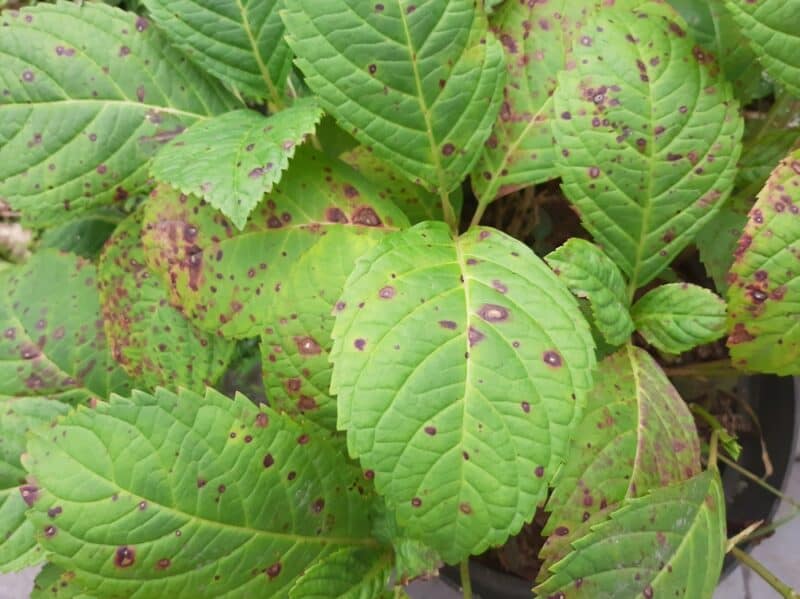
When cercospora leaf spots are present, you will notice brown or purple spots on the bottom of the leaves. Eventually, they turn yellow and fall off the plant.
This fungal disease is caused by the pathogen Cercospora hydrangeae, and it needs moisture to reproduce and spread.
Make sure when you water, you don’t soak the foliage. Water at ground level. Remove any foliage debris from the ground around the plant. You should also prune off any foliage with symptoms. If you keep up with this routine every year, eventually, the disease will be limited.
Mosaic Virus
Hydrangea mosical virus is spread by aphids and unsanitary garden tools that haven’t been cleaned.
When infected, distinctive yellow mosaic-type patterns form on the leaves. In bad cases, the foliage will die off after drying out.
Make sure to control aphids, since they spread this disease, and clean your garden tools well after each gardening session.
Other diseases may include:
